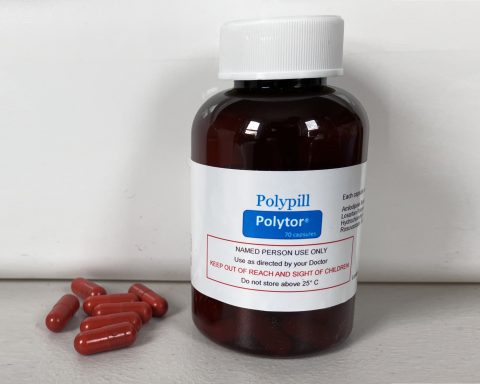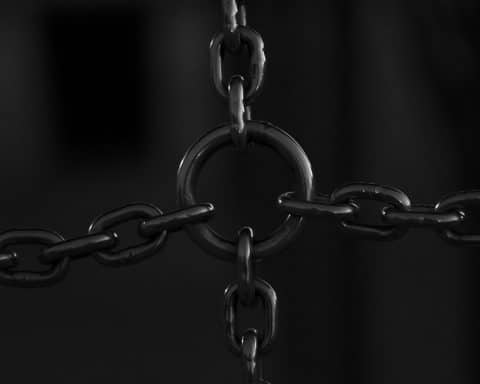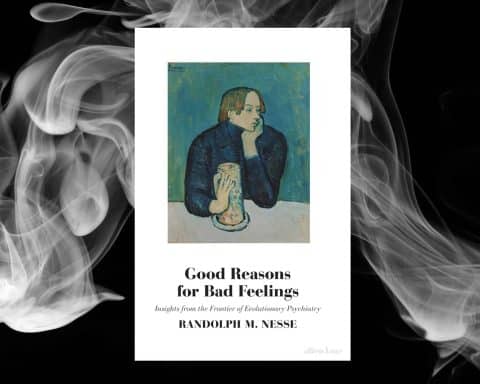
Anyone seeking proof that life doesn’t always live up to expectations need only consider the humble hamburger. Several fast-food chains have faced legal action over their alleged misrepresentation of meals, with claims that their burgers are smaller and less impressive than the picture on the menu.1 Food photographers and stylists work hard to make their subjects look good, sometimes at the expense of accuracy. The issue is not necessarily one of honesty, though, but rather, how something complex can be represented through a limited medium. Eating a burger will always be different to looking at it, so for an image to prepare us adequately for our meal, it has to convey visually something which is more than visual. In order to evoke something satisfying, rich and bursting with filling, it must show something bigger and shinier, with more of its insides exposed, than the real thing. We could say that the image symbolises the experience of eating the burger rather than showing us perfectly what it looks like.
We could say that the image symbolises the experience of eating the burger rather than showing us perfectly what it looks like.
Hyperreality describes this tendency for symbols to come adrift from what they represent, and for the distinction between the two to be lost, so that it becomes unclear which is real, and what we should expect from our dinner.2 We can see something similar in the way we think of medicine.
If you want to know what images we associate with healthcare, you can just google it: the typical picture is of a group of people in scrubs looking dynamic while interacting with some kind of cutting-edge tech; there is sometimes a supine patient in the background. What you absolutely don’t see is two normally clothed people sitting together in a GP’s consulting room trying to make sense of it all. We default to thinking of hospitals because they exemplify better the aspects of medicine which are specific to it, the technical as opposed to the relational, and the victory of science over disease.
Medicine has traditionally concerned itself with the diagnosis and treatment of disease, and there is a widespread view among patients, and some doctors, that this should still be our focus. According to this view, we live in a world of cause and effect, most people are healthy, and feeling ill means that you either have something proper wrong with you, or you’re neurotic or pretending. Medicine has changed, however, and as a profession, we often concern ourselves more with things that are disease-adjacent such as risk, function and narrative. We regularly discuss with our patients the chance of developing cardiovascular disease over the coming decade in relation to primary prevention, or the likelihood that a given symptom is due to cancer, even though it usually isn’t. We spend much of our time managing long-term conditions, which increasingly include functional problems such as fibromyalgia and various physical and psychological states that are certainly real, but have more to do with a harmful environment than disease. We treat where we can, but more often support patients and help them find meaning in the chaos of their symptoms.3 This is our hamburger.
The images of hyper-medicine, of body scanners and experts, illustrate instead the universal need to be taken seriously and understood…
There is a mismatch, then, between the concreteness of our healthcare symbols and the fuzziness of the reality they represent, and it is easy for experience to fall short of expectations. We have all looked after patients caught in the revolving door of repeated hospital admissions or specialist referrals, arranged with the honest intention of finally sorting things out, but leading instead to bitter disappointment at the point of discharge when once again, little has changed; medicine has failed to deliver. Maybe next time.
And yet, just as the hyper-burger symbolises something real, there is a deeper truth here towards which our symbols point. Most patients accept the limits of medicine and recognise that we are not miracle-workers. They do expect, however, that they will be heard, that their story will be believed, and that on some level it will make sense. You cannot eat a hyper-burger,4 and most of what patients need is not to be found in hospitals. The images of hyper-medicine, of body scanners and experts, illustrate instead the universal need to be taken seriously and understood, whatever form that takes, and that should always be something we can deliver.
Deputy Editor’s note: see also https://bjgplife.com/the-invisible-general-practitioner/
References
- Burger King sued over Whopper burger | The Independent (accessed 28/11/23)
- Simulacra and Simulation, Jean Baudrillard, originally published in French by Editions Galilée, 1981
- The Wounded Storyteller: Body, Illness and Ethics, 2nd edition, Arthur Frank, University of Chicago Press, 2013
- Shocking Food Photography Tricks You Should Know (fixthephoto.com) (accessed 28/11/23)
Featured Photo by Food Photographer on Unsplash









Completely brilliant!